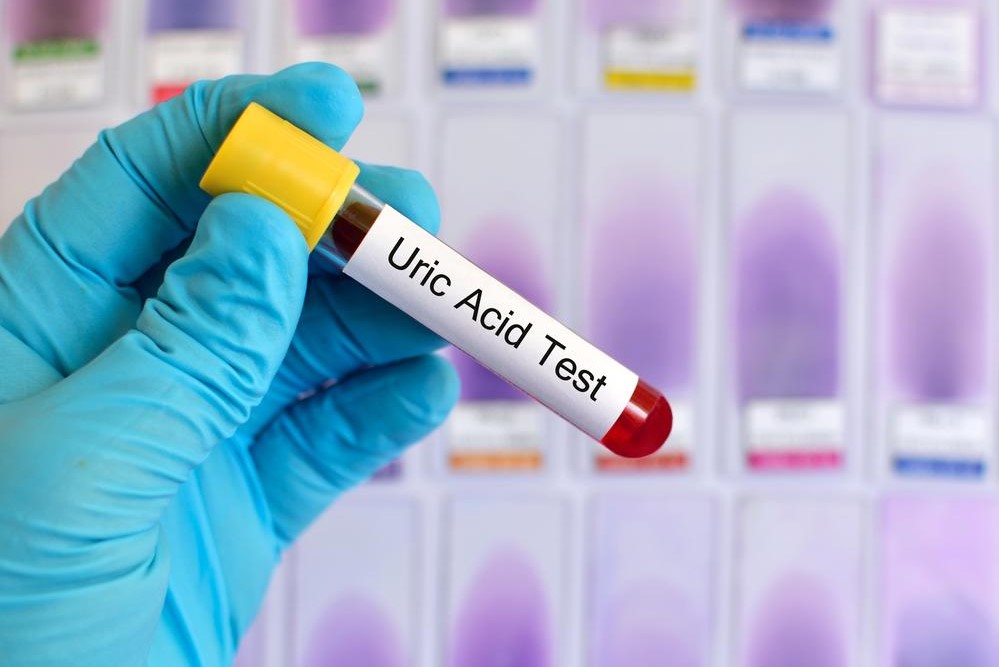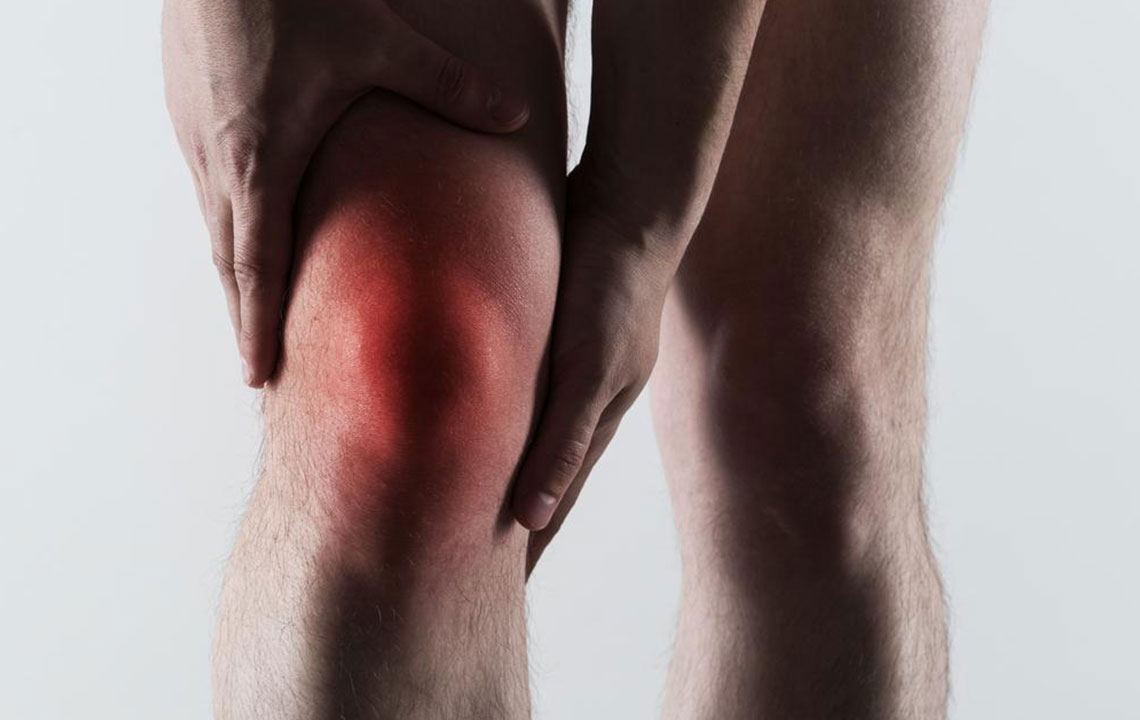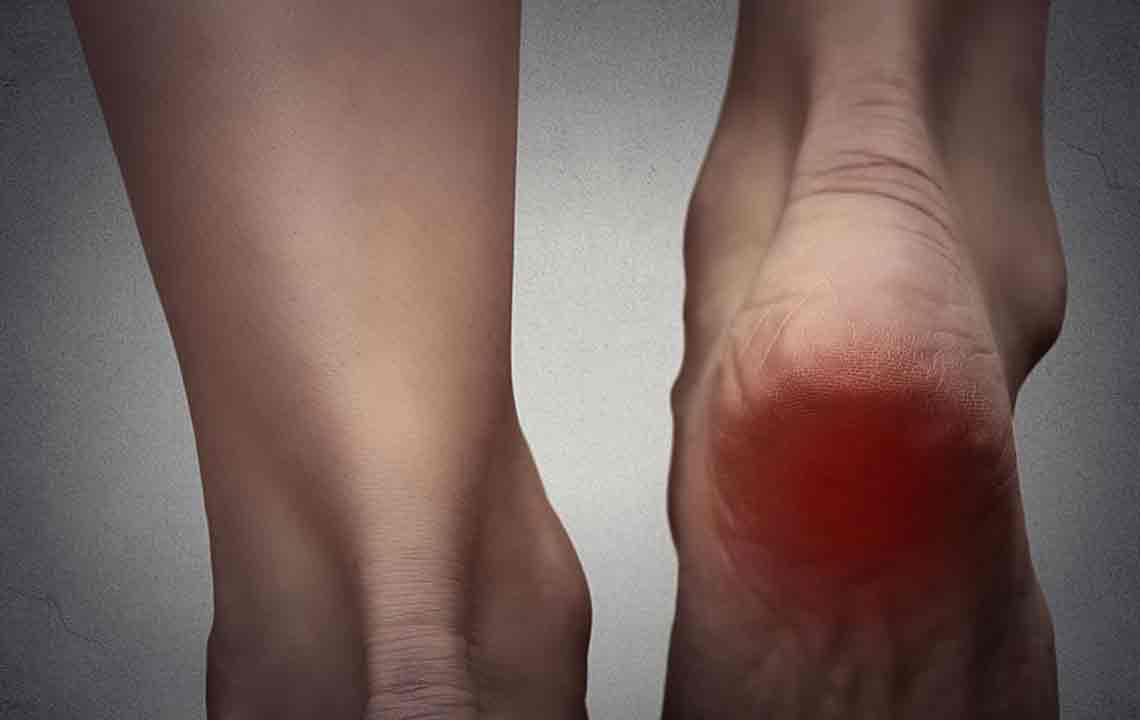Comprehensive Guide to Gout: Diagnosis, Testing, and Evaluation Strategies
This comprehensive guide delves into the intricate process of diagnosing gout, highlighting crucial tests and evaluation methods. It emphasizes the importance of accurate diagnosis, including blood tests, imaging techniques, and joint fluid analysis, to confirm gout and differentiate it from similar conditions. By understanding these diagnostic strategies, patients can seek prompt, effective treatment, preventing joint damage and improving quality of life. The article provides detailed insights into clinical procedures, risk factors, and the role of medical specialists, making it an essential resource for anyone affected by or interested in gout management.

An In-Depth Look at Gout: Diagnosis Methods, Tests, and Assessment
Gout is a common yet complex form of inflammatory arthritis characterized by sudden, severe episodes of joint pain, redness, swelling, and tenderness. Due to its symptoms often mimicking other joint disorders, accurate diagnosis is essential for effective treatment. Misdiagnosis can lead to ineffective therapies and prolonged discomfort, making understanding the diagnostic process crucial for patients and healthcare providers alike.
People experiencing symptoms of gout should be proactive in consulting healthcare professionals who can perform comprehensive evaluations. The diagnostic process involves detailed patient history, physical examinations, and various laboratory and imaging tests that help confirm the presence of urate crystals and assess joint damage.
During your medical consultation, your healthcare provider will conduct a thorough interview to gather vital information that guides the diagnostic process. Key topics discussed include:
Family History of Gout: Understanding whether relatives have been diagnosed with gout can be a significant indicator, as genetics can play a role in susceptibility.
Symptom Description: Details about the onset, duration, frequency, and severity of joint pain help differentiate gout from other joint conditions like rheumatoid arthritis or osteoarthritis.
Potential Triggers: Identifying triggers such as dietary habits, alcohol consumption, stress levels, recent illnesses, or medication use assists in understanding flare-ups and prevention.
Overall Health Status: Your doctor will inquire about other medical conditions, past injuries, or surgeries, as well as current medications, since certain health issues or drugs can influence uric acid levels.
Lifestyle and Dietary Habits: Your daily food intake, fluid consumption, alcohol use, and use of vitamins, supplements, or over-the-counter medicines provide insights into factors affecting uric acid balance.
If the clinical presentation suggests gout, your healthcare provider may refer you to a rheumatologist, a specialist experienced in diagnosing and treating joint disorders. Several diagnostic tests are available and may be employed in combination to confirm gout:
Blood Tests: Measuring serum uric acid and creatinine levels helps assess risk and kidney function, though the results are not always definitive because uric acid levels can fluctuate.
X-ray Imaging: Useful in identifying joint damage, erosions, or deposits of urate crystals that have caused structural changes over time.
Dual-energy Computed Tomography (DECT): An advanced imaging technique that visualizes urate crystal deposits in joints and soft tissues even before symptoms manifest or inflammation subsides.
Ultrasound Examination: Particularly prevalent in European clinical practice, ultrasound can detect urate crystal deposits, called tophi, and signs of joint inflammation with high sensitivity.
Joint Fluid Aspiration ( Arthrocentesis): The most definitive diagnostic procedure involves extracting synovial fluid from the affected joint using a sterile needle. Under microscopic examination, the presence of needle-shaped urate crystals confirms gout.
The combined use of clinical evaluation, laboratory testing, and imaging studies allows for an accurate diagnosis of gout, facilitating targeted treatment and management strategies. Early detection and appropriate intervention can significantly reduce joint damage, pain episodes, and improve quality of life for those affected.
Understanding the diagnostic process for gout empowers patients to seek timely medical care and adhere to prescribed treatment plans for long-term joint health and overall well-being.





